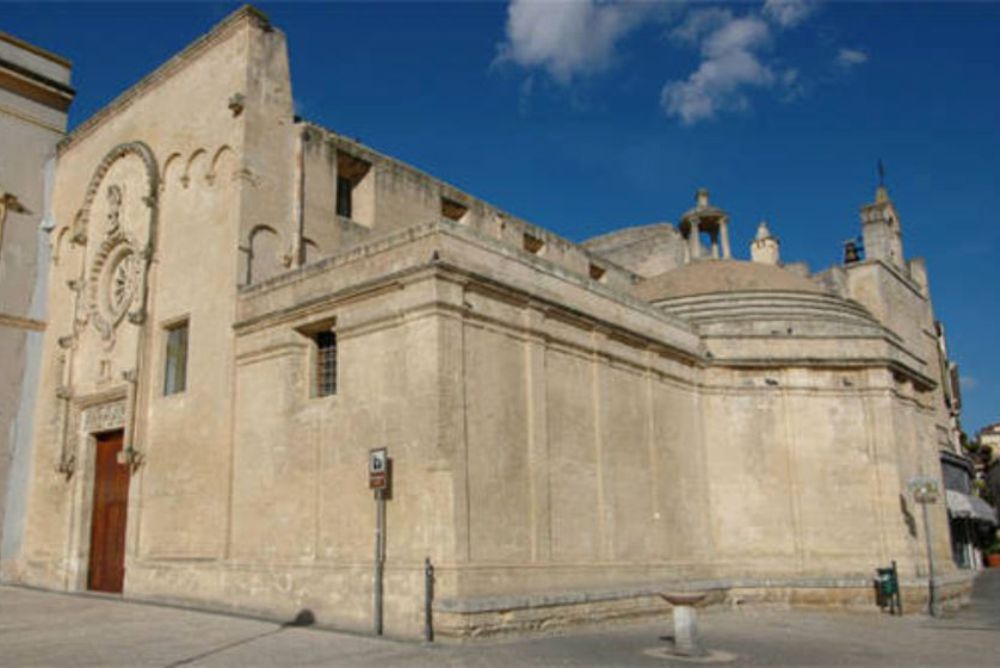
Built in 1233, also called Santa Maria La Nova ai Foggiali or delle Nove (Novarum Monialum), this church is among the most important examples of medieval architecture in southern Italy, where it is possible to find both the typical Romanesque architectural motifs, and the oriental-style calls of the vaults.
KEEP READING

It is a small building belonging to the Knights of Malta, dating back to 1680. Beautiful bell tower with a flat tower with, in the center, the coats of arms of the Gerosolomitan Knights and the Zurla family. It has a single nave. On the door there is a colored terracotta bas-relief of a Madonna and Child, by an unknown author …

The church is a must during the visit of Via Ridola, the main direction of the eighteenth-century backbone of the city. Built between 1725 and 1747 with contributions from the Confraternity of Purgatory and citizens. The drawing is by the engineer Giuseppe Fatone of Andria. The facade is the work …

The complex of San Domenico dates back to 1230 when Blessed Nicola da Giovinazzo, disciple of the Saint, established the order of the Preaching Fathers there. Outside it has the original thirteenth-century structure, except for the facade, which originally ended in a spire. Of Romanesque-Apulian style, it is dominated by …
KEEP READING

The construction was built on an ancient underground church of SS. Peter and Paul. This rock church can still be visited today, accessed through a trap door from the third chapel on the left and there is a fresco depicting the visit of Pope Urban II to Matera in 1093. Some chroniclers narrate that …

The construction of the church dates back to the end of the seventeenth century, when the first stones were also laid of the adjacent building, which was the first hospital, the convent of the nuns of Maria Maddalena and Santa Chiara in the early eighteenth century, until it became, in the twentieth century, the Domenico Ridola National Museum …
KEEP READING